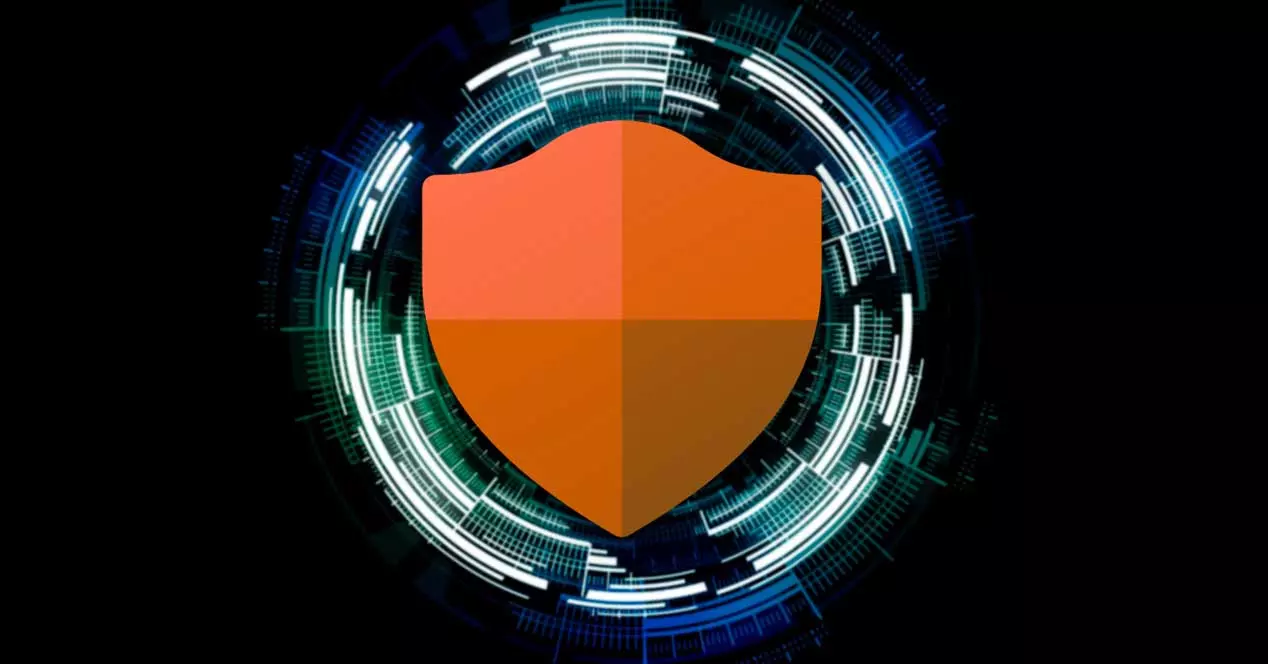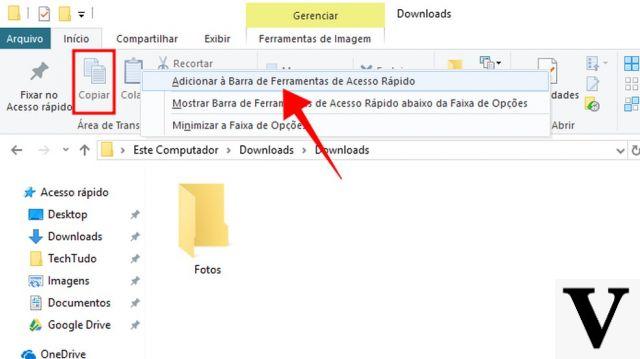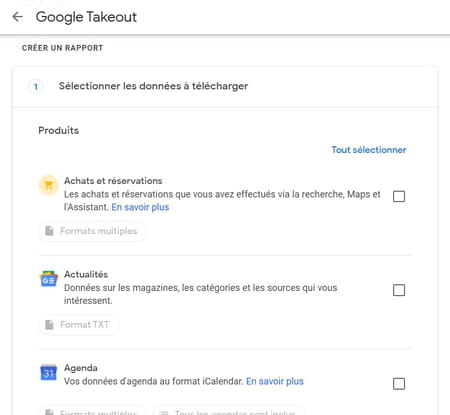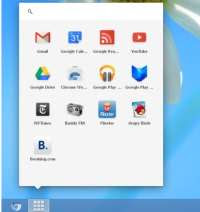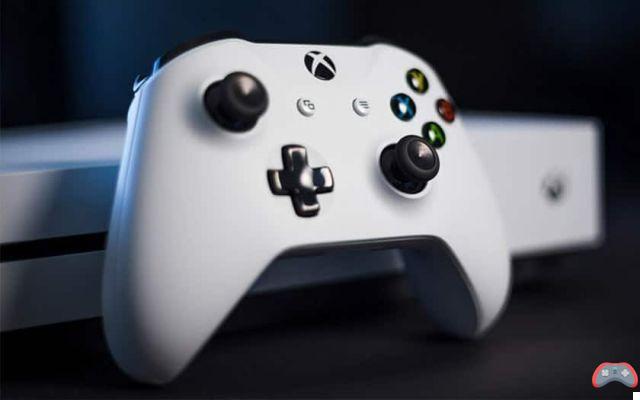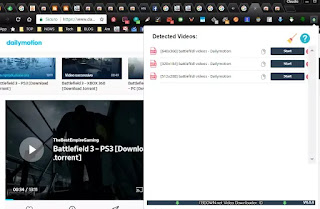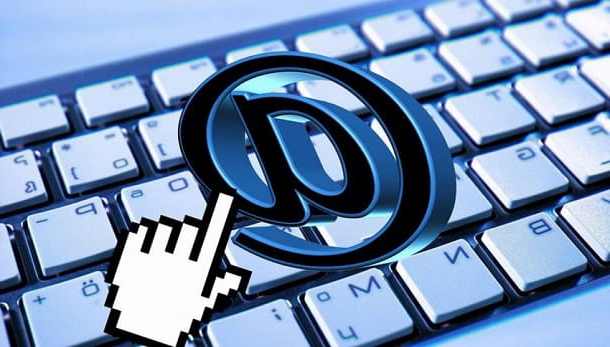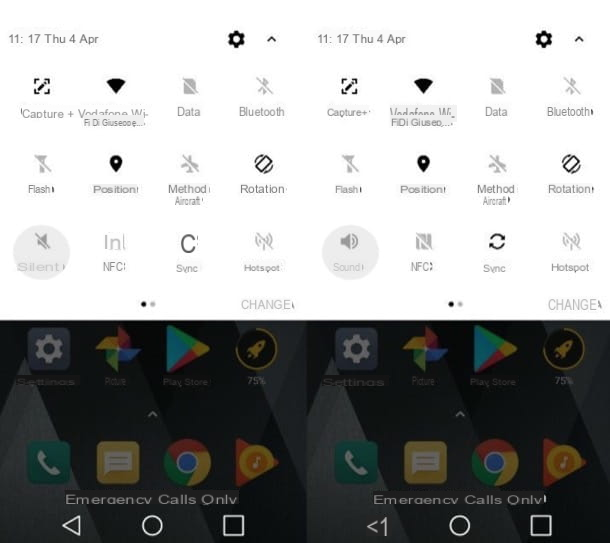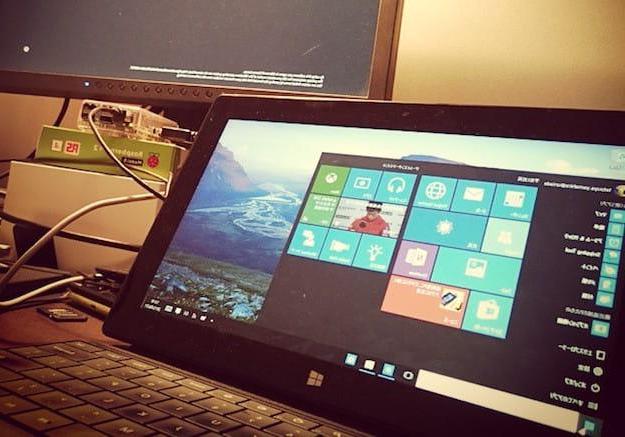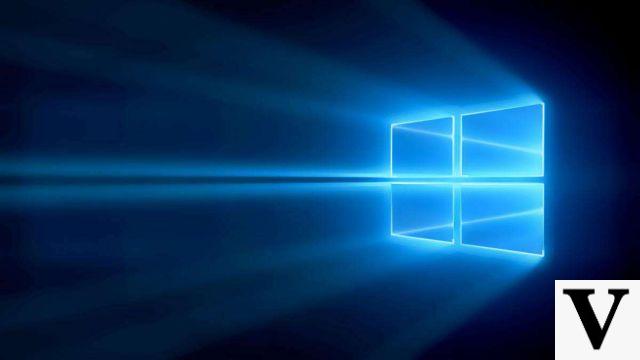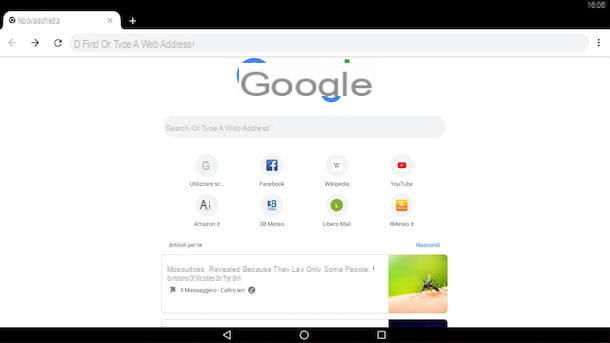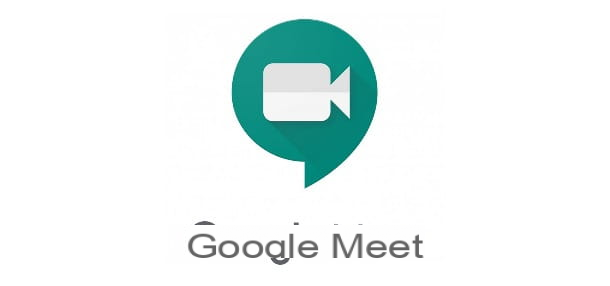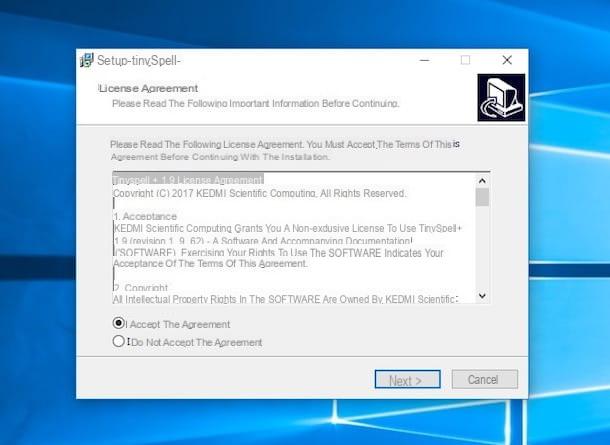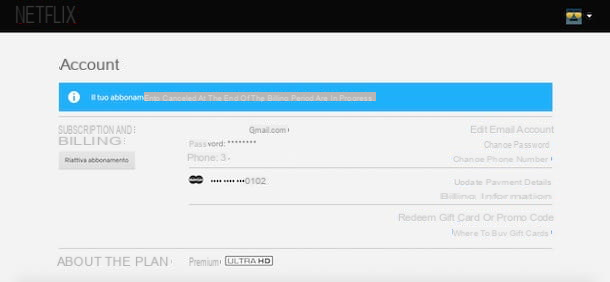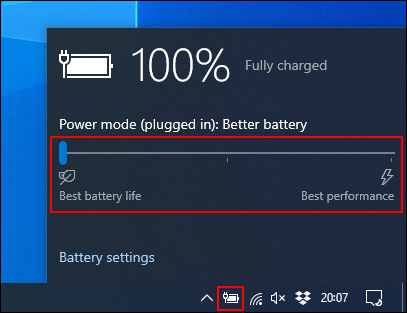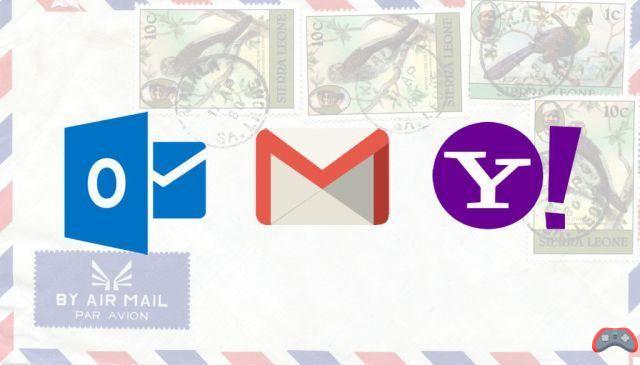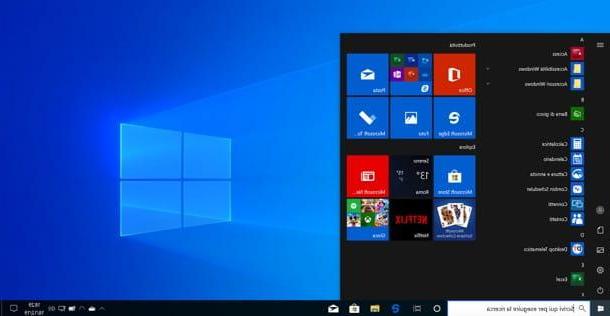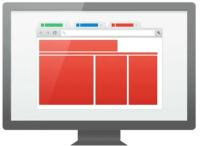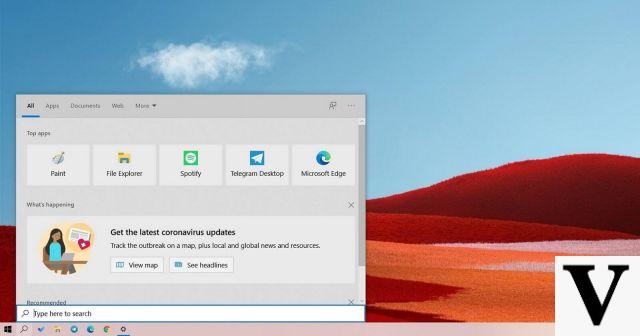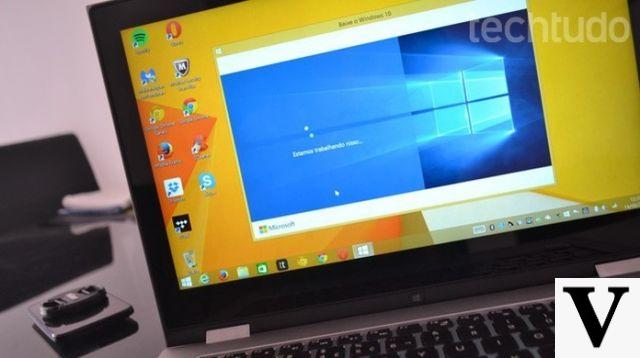
4
After the mistakes made with Windows 8, Microsoft tried to make an operating system that was functional and that could really help users. Windows 10 introduces many new features and some really interesting features, such as the integration of the Cortana personal assistant and the Universal Apps, programs that can be used simultaneously on both the PC and on tablets, smartphones and consoles that support the new Microsoft operating system. The goal is to create a single environment where the user has access to their documents at any time. Despite the over 450 million downloads by users who certify the good result achieved by the Redmond company, not all that glitters is gold. Windows 10 has some problems that are difficult to solve if you are not familiar with the world of computers. If you also have problems with Windows 10, you just have to read our guide
In Microsoft's ideas, Windows 10 must adapt to any type of computer even those with a few years on their shoulders. For this reason the system requirements are not very demanding: 16GB of free space on the hard disk for 32bit processors, which become 20GB for 64bit ones, 2GB of RAM and 1GHz of power for the CPU. A computer purchased even four or five years ago should meet these requirements, but to be sure, before updating, you need to check the free space on your hard drive and in case it is not enough to find a solution to free the more likely. Monitoring the available space is really very simple: just enter the My Computer and right-click on the hard disk icon and then click on Properties. A window will open showing a graph with free space. If it meets the Windows 10 requirements, you can start installing the operating system.
Windows 10 provides a notification center where it updates users on all updates to the operating system and installed programs. The only problem is that it doesn't warn you when it's downloading updates. For this reason, some times, after turning on the computer, you can find the blue screen that warns of the installation of some files: very often it only lasts a few minutes, while other times it is necessary to wait even ten or twenty minutes, precious time that you loses at work. Few are aware of the opportunity to schedule the restart of the computer at a more congenial moment: just enter the Settings, click on Update and Security and then on Restart Options. A window will open that will allow the user to decide the time of the next updates, without fear of restarting the computer during working hours.
If after installing Windows 10 you encounter problems using some programs, there are two ways to follow. In the first case, you will have to check if software updates are available to Windows 10: it may happen that the old version of Chrome is not supported by Windows 10, but just make an update and everything will return to normal. Instead, if new versions of the program are not available, you can go to the Windows Store and find an equivalent application. The Microsoft online store, thanks to the new Universal Apps, provides many useful solutions to improve productivity at work.
Microsoft has thought about the protection of its users and has developed tools that allow you to protect your personal data. But hackers are always ready to strike by exploiting even the smallest flaws in the system. If you are concerned about your personal data, you can change the Windows 10 settings to suit your situation. To do this, you need to enter the Settings and then click on the Privacy section: a menu will open with various settings to change. Each user can read every single item and change the options as needed.
You update, restart the notebook and the touchpad is working and the screen is problematic. Do not worry, the computer did not break with the upgrade to Windows 10, but only the video card and touchpad drivers were not installed. It takes five minutes to solve this problem: you connect a mouse to the notebook and search online for missing updates. After downloading and completing the installation, your computer will return to the way it was before.
If you have upgraded your computer from a version of Windows earlier than 8, it is very likely that you will have problems with peripherals. If you have tried to print a text file but the printer does not seem to want to respond, the only solution is to download the drivers updated to Windows 10. Just go to the Internet, write the printer model and download the drivers from the official website. By installing them, the device will be as good as new and you can start printing again.
The notification center introduced in Windows 10 is certainly very convenient, but at the same time it can create problems for the user by slowing down the computer's processes. If you do not consider the notification center essential for your user experience, Microsoft offers the possibility to disable some of its features: you will need to enter the Settings, click on System and then on Notifications and Actions. A menu will open where you can enable or disable the different options depending on the features you need. To improve the speed of your computer, the first step is to disable notifications sent by applications developed by third parties.
If you use a hybrid tablet with Windows 10, you will most likely have a nasty surprise: in fact, the devices consume a lot more data than you think. The operating system runs in the background many processes that need Internet connection to work at their best and if you are not covered by Wi-Fi you could compromise the threshold of your subscription to the data line. To solve the problem, just disable some options: after logging in to the Settings, you will have to click on Network and Internet and then on Wi-Fi. A menu will open where you can set some options that will allow you to decrease the data consumption of your data connection. For example, you can enable the option that will allow the computer to update only when it is connected to a Wi-Fi network.
If your notebook has decreased battery life after upgrading to Windows 10, you may not need to optimize your operating system. To solve the problem, just enter the Settings, click on System and then on Battery. This will open a section where you can check the status of your battery and above all receive useful advice on how to obtain a better optimization between the hardware and the software by clicking on the wording Tips for saving the battery.
Microsoft offers a good number of default applications that are used to view images, episodes of your favorite TV series or to browse the internet (the new Microsoft Edge will try to make you forget the latest versions of Microsoft Explorer). But if the programs of the Redmond company do not satisfy you, you can change the default applications to those you usually use. From the Settings, you will have to press on System and then on Default Apps. A window will open where the user can change every single application, from the one used to open the Photos to the Maps.
How to fix the ten most common Windows 10 problems



